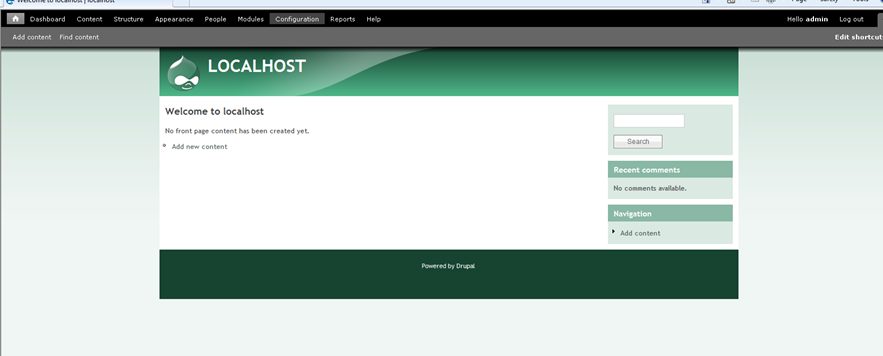

- #TMUXINATOR NOT SAVING CONFIG HOW TO#
- #TMUXINATOR NOT SAVING CONFIG MAC OS#
- #TMUXINATOR NOT SAVING CONFIG INSTALL#
- #TMUXINATOR NOT SAVING CONFIG UPDATE#
You point it at the output of your build system and a config file, and it produces a deb that contains systemd unit files and which registers/starts the server on install/reboot/upgrade, as a regular debian package would. Note: The ~/.bash_profile file takes the first precedence, then the ~/.bash_login file as the second precedence, and then the ~/.profile file as the last precedence.For my own servers I use an internal tool that integrates apps with systemd.

# set PATH so it includes user's private bin if it exists
#TMUXINATOR NOT SAVING CONFIG INSTALL#
# for ssh logins, install and configure the libpam-umask package. # the default umask is set in /etc/profile for setting the umask # the files are located in the bash-doc package. # see /usr/share/doc/bash/examples/startup-files for examples. # This file is not read by bash(1), if ~/.bash_profile or ~/.bash_login

Here's an example: # ~/.profile: executed by the command interpreter for login shells. It should be added at the bottom of the file: source "$HOME/.nf" Next, add the file to either the ~/.bash_profile, ~/.bash_login, and ~/.profile file. Note: You could skip this step and just use the ~/.bashrc file if you do not care for separation of concerns. This way if I have to edit any of the configurations for Tmux, I wouldn't tamper with the one for the GNU screen. For me the configuration I needed was the same as the GNU screen package that comes default with Ubuntu uses, so I copied the content of the ~/.bashrc file into the ~/.nf file. Next, put in the configuration that you want to use for Tmux inside it and save it. tmux in the home directory of your machine, which is ~/.nf. I had this issue when working on Ubuntu 20.04.įirstly, create a file called. if thenĪndres Salgado's answer worked for me. If you wanna detect an interactive shell, use $PS1.

bashrc in a login shell no matter it's within an interactive shell or not. Update: the above settings is copied from Ubuntu. And I recommend every Bash user setup this in the profile. # write content below into ~/.profile, or ~/.bash_profile The best solution is to change the loading requirement of ~/.bashrc as interactive only, which is exactly what some distros, like Ubuntu, are doing. The weird interactive, non-login loading requirement confuses people in other situations as well.
#TMUXINATOR NOT SAVING CONFIG MAC OS#
#TMUXINATOR NOT SAVING CONFIG HOW TO#
Any ideas on how to get tmux to do this automatically again? Whenever I start a new tmux session, it uses what appears to be the bash default:Ī quick run of source ~/.bashrc always fixes the issue, but it's annoying that I have to do this every time I want to fix something small.
#TMUXINATOR NOT SAVING CONFIG UPDATE#
I began noticing this behavior after a bash update a while back, but haven't gotten around to asking the question until now (and am not sure which update this began happening around).įor example, I've customized my prompt to look ~]$ When I create a new tmux session, my prompt pulls from a default bash configuration and I have to manually run source ~/.bashrc for my customized prompt.


 0 kommentar(er)
0 kommentar(er)
